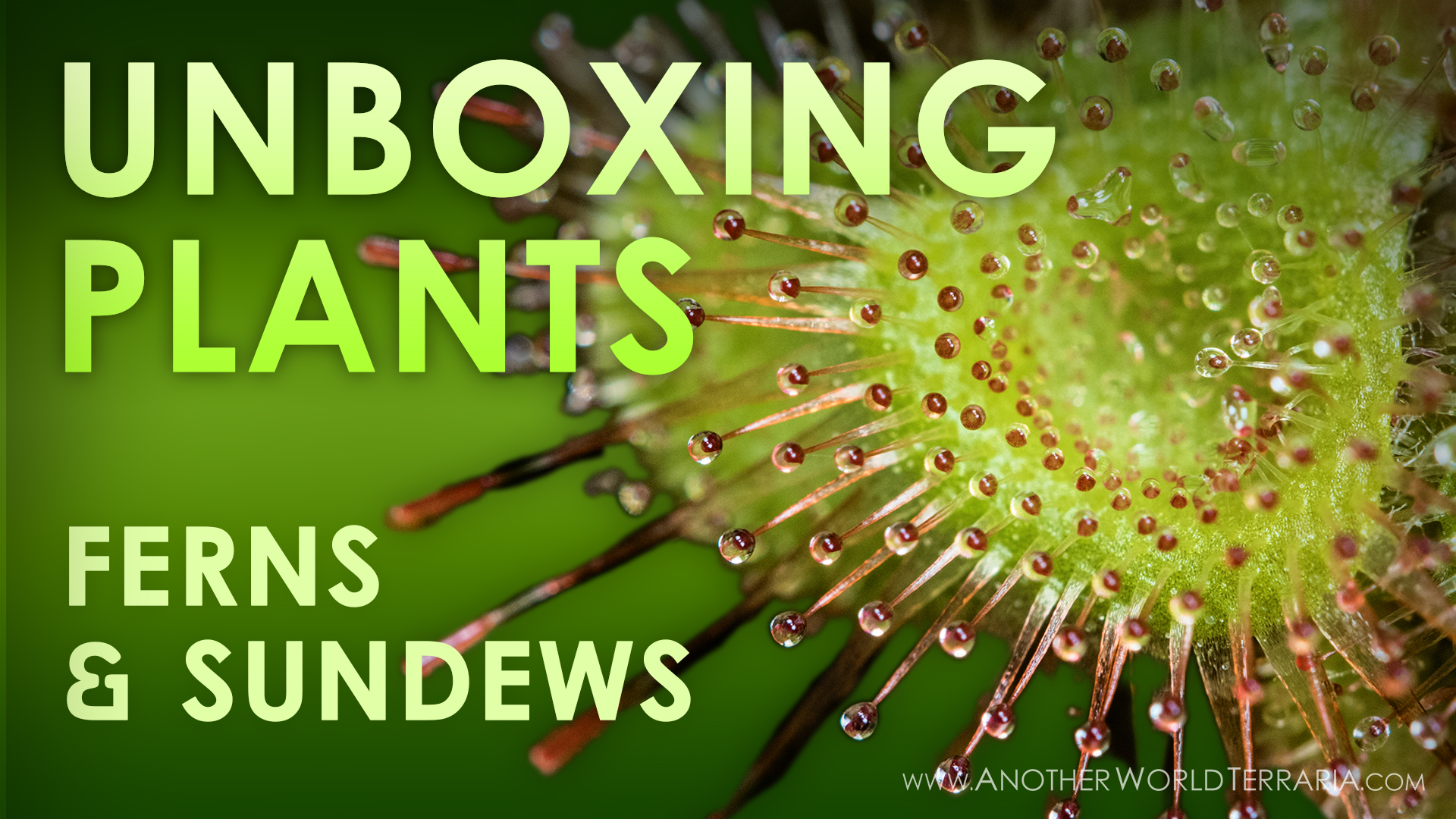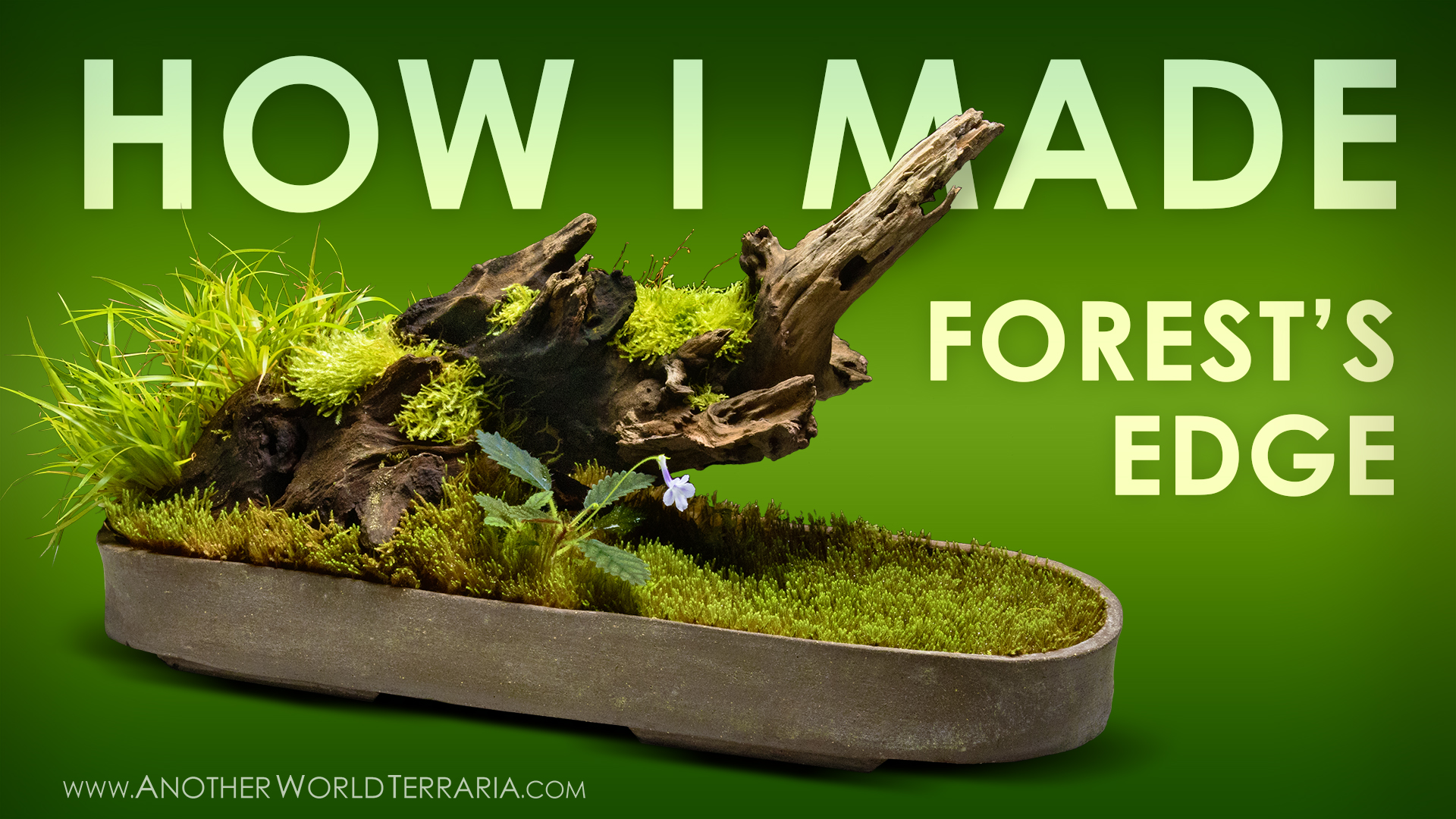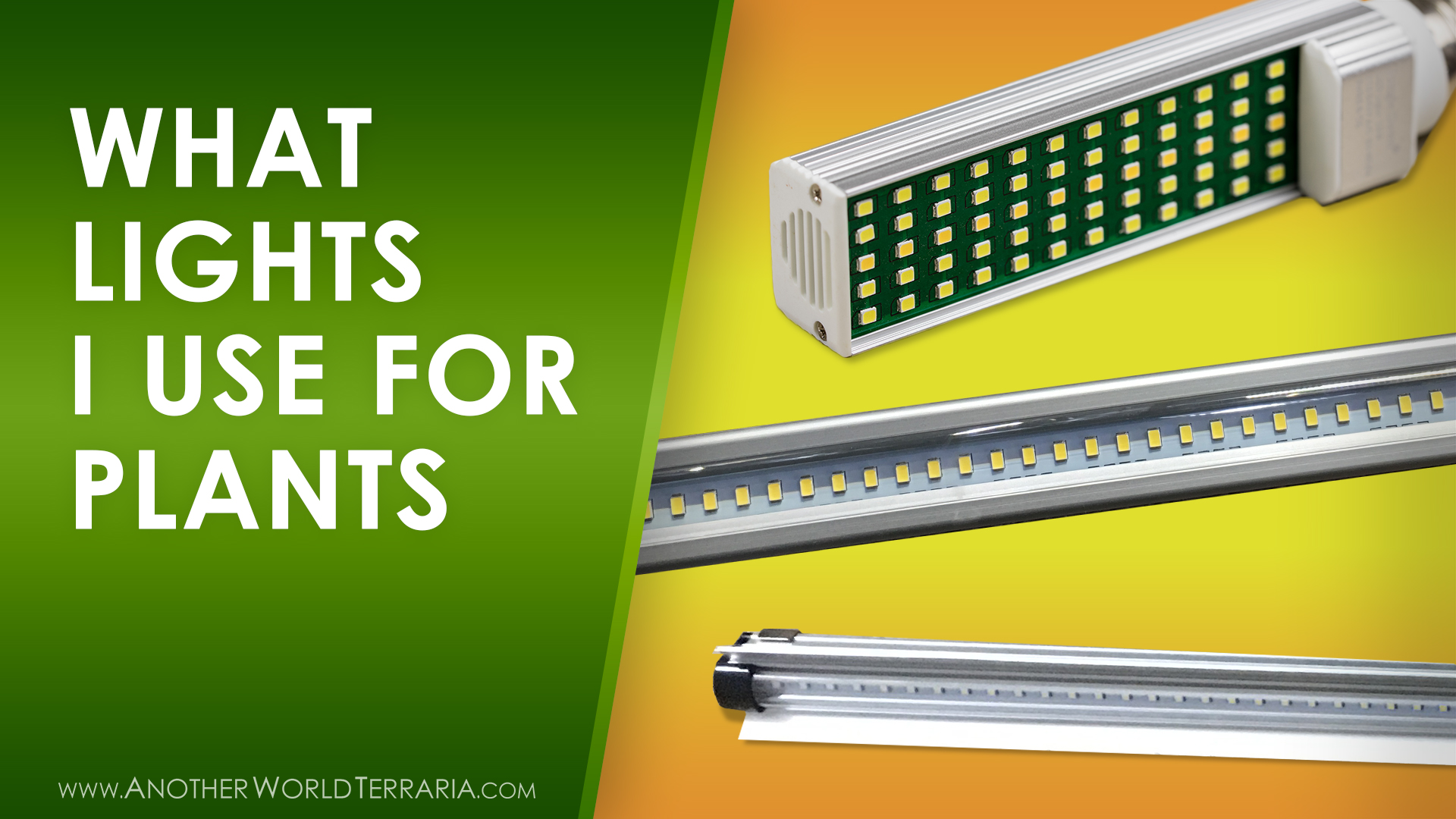Information Covered
- Types of fertilizers I use and recommend
- Application methods
- Strength or concentration
- Frequency of application
Fertilizers discussed:
- Osmocote Plus
- Sea Grow
- Grow More Urea-Free Orchid
Introduction
Fertilization is an important part of growing healthy, attractive plants, and helping them fight disease and insects. Nutrient deprived plants are weaker, more vulnerable, and don’t look as healthy (often the foliage yellows, pales, gets stunted, blooming is weak or does not occur, etc).
Thankfully, fertilization does not have to be very difficult, complicated, or time consuming. It certainly can be if you want to go into the details of chemicals, nutrients, specific plant needs based on genus, and so forth, but I have not gone to that depth and all of my plants grow just fine.
So if you are a beginner or otherwise aren’t sure about fertilizers for tropical terrarium plants, I’ve got you covered.
Let’s start by going over the types of fertilizers I use…
Types of fertilizers I use (and what I use them for)
Slow-release pellets
I only use one, which is Osmocote Plus. I have moved over to using this fertilizer for almost all of my plants. It is extremely convenient, lasts a while, and works very well. I use it for bioactive grow bins, potted plants, mounted epiphytes, emersed plants like Bucephalandra, and submerged aquatics.
Granulated (which are mixed with water)
I use a couple, including Sea Grow, and Grow More Urea-Free orchid fertilizer. Both are good as general fertilizer for a variety of plants. I use the urea-free grow more for carnivorous plants and some orchids.
Fertilizer application methods
Osmocote
Apply the pellets near the roots of the plants.
In some cases I insert the pellets into the substrate, particularly when the conditions will be very wet or underwater, such as for Buce and other emersed aquatics, as well as submerged aquatics in wabi kusa. Putting them below the substrate keeps them in place, ensures the majority of the nutrients reach the plant roots, and can sometimes reduce algae but reducing how much nutrients are on top of the substrate where the light is.
I even use it on epiphytic mounted plants by poking the pellet into the substrate so it doesn’t fall off.
For precisely inserting osmocote into the substrate near the roots, into epiphytic mounts, and near micro plants, I use tweezers.
Sea Grow and Grow More
Mix with water. Use distilled water, as I do for regular watering and misting. Distilled because it lacks chemicals, minerals, etc which are harmful to some plants and may cause buildups on plants, pots, containers.
Apply from a misting bottle or sprayer.
Fertilizer Dosage and Frequency
Osmocote Plus
Dosage:
I don’t even measure the amount or use a dosage guide, for bins I just randomly sprinkle some pellets around the plants. How many depends how big the plants are, how heavy of a feeder the plant is, and other factors. I suggest using low dosages and then increasing it as needed if it seems like the plants want more.
Frequency:
Pellets are slow-release and can last up to 6 months according to the packaging.
In my experience, the wetter they are, the less time they last. for example in buce bins, submerged aquatics, etc the pellets dissolve faster and release more nutrients. For that reason, it is also advisable to use a lower dosage in those conditions, applied more frequently, as opposed to a normal or large dose which will result in excess nutrients.
Generally with osmocote plus I would suggest reapplication at least every 6 months, maybe more frequently in very wet conditions, but again, in the latter situation, use lower dosages.
Sea Grow, Grow More, and Similar Granulated Fertilizers
Dosage:
Generally I mix these to 25% to 50% of the recommended concentration on the packaging. I like to do lower strength more frequently, as opposed to higher strength less frequently.
Lower concentrations are good for plants which don’t need or like a lot of nutrients, for example, carnivorous plants, other plants which come from low-nutrient environments, and moss cultures. In those cases I would use 25% concentration.
Most of my other tropical plants do well at 50%, but some can even take 100% of the instructed concentration if they are larger and tend to feed heavily, if they grow in nutrient rich conditions in the wild,.
Frequency:
It depends on the type of plants, how large they are, plant dormancy or rest period status, and other factors. In general for most of the year with tropical plants I will fertilizer every other week or every few weeks. Again, it’s best to use less and just see how they react, then do more or more often, as needed.







